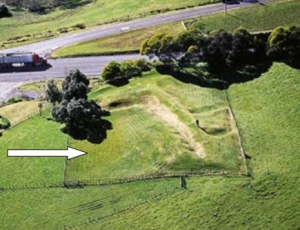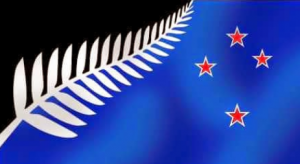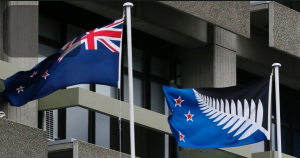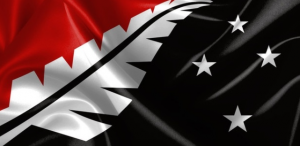It’s a great shame that more kiwis wanted the union jack on our flag, instead of the silver fern.
In 2015 and 2016, we had the chance to change our flag. It’s a great shame that we didn’t.
Perhaps someone will write a book about the process we went through, because defenders of the current flag said some mighty strange things, in defense of our existing flag. Sadly, a majority of good kiwi folk preferred the exotic Union Jack on our flag, instead of the organic silver fern, it was hard to believe …
Worse, many groups, like the Labour Party, New Zealand First and the Returned Services Association attacked Prime Minister John Key, making him the issue, which was an unfortunate distraction.
Some Pākehā historians too said some strange things. Many who have been writing ‘Māori history’ for some time – supposedly with some empathy for Māori – came out in support of the Union Jack and current flag, which is really a colonial relic. This attitude from some New Zealand historians was really disappointing. As it turned out, most New Zealanders voted for the old flag so perhaps we have the flag we deserve.
You can read some of the background behind the flag referendum here – Changing the Flag. In our view, New Zealand still needs to change its flag. Like it or not, our current flag comes out of our colonial past. The Union Jack was flown by the British Army during the wars fought here. The battle fought at Rangiriri was a good example.
The Battle of Rangiriri
Māori who fought at Rangiriri – Rewi Maniāpoto, King Tāwhaio and others – saw the Union Jack approaching on 19 November 1863, when they peered north from the Rangiriri battlements. The British Army’s invasion of the Waikato had reached their doorstep.
Fluttering above the invading British Army was the flag defended by the RSA and New Zealand First as the flag ‘under which so many of our boys have died’. Defending New Zealand’s flag on these grounds suffers terribly from forgetting our past.
This is because the flag seen at Rangiriri would go on to devastate Māori communities in the Waikato, Tauranga and Taranaki, in particular, as it had already done in North Taranaki and the far North.
The British attacked Rangiriri from the north – see photo. 50 Māori would die at Rangiri, 67 at Waiari/Rangiaowhia/Hairini, and 160 at Orākau. That’s 277 in the Waikato alone – and these are James Cowan’s conservative estimates.

Add to this the death toll of Māori in Tauranga – 44 – and further later losses elsewhere, especially South Taranaki, the Ureweras and the East Coast, at the hands of the British and its successor, the New Zealand Armed Constabulary.
The figure probably exceeds 500, though it is difficult to know precisely.
By some estimates, 2500-3000 Māori died during the Land Wars. That’s a lot of people, defending hearth and home and papakainga.
The New Zealand flag, it is true, did not make its appearance until 1902. But variations of it were in unofficial use throughout the wars, and the Union Jack was of the course the flag under which the British, Armed Constabulary and settlers fought against Māori.
For estimates of the Land Wars casualties, see James Cowan, The New Zealand Wars, Volumes One and Two, Wellington, 1922/1923, pages (respectively) 465-466 and 550-553.



